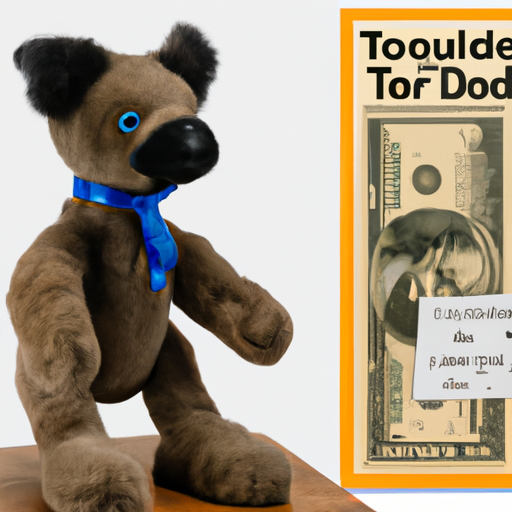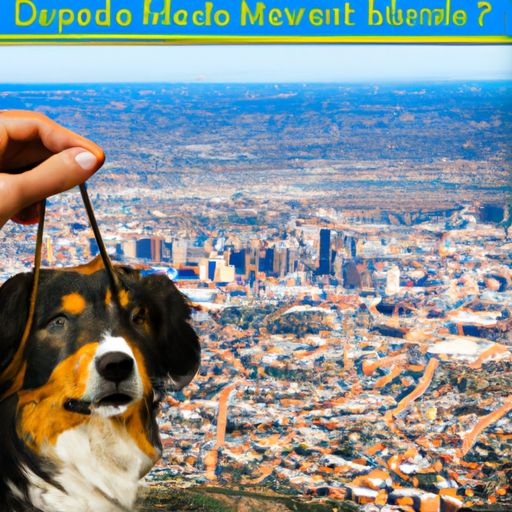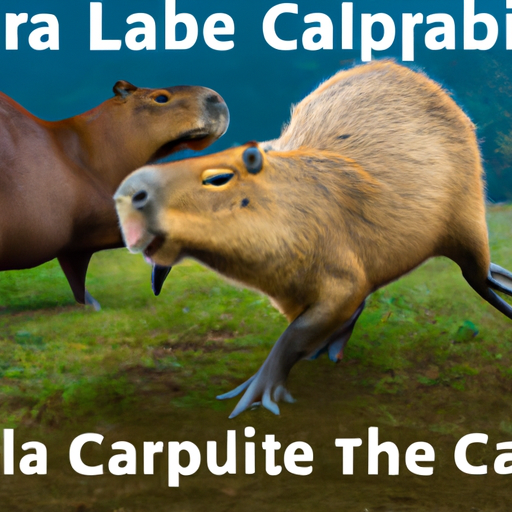In a world where a stuffed dog from 1927 can fetch over $100,000 at auction, it’s clear that some people have too much money and not enough sense.
The coveted canine, affectionately known as “Bonzo,” was created by British toymaker George Studdy nearly a century ago. Despite being just a lifeless hunk of fur and stuffing, Bonzo has become a hot commodity for collectors around the world.
“It’s astonishing to think that people are willing to shell out such exorbitant sums of money for what is essentially a glorified beanbag chair with googly eyes,” said auctioneer Samuel Glickman, who will oversee the sale of Bonzo later this month.
Glickman went on to explain that while the dog may have some historical significance as a product of the early 20th century, it’s hard to justify the steep price tag attached to it.
“The fact that people are willing to pay six figures for a stuffed animal while there are millions of living, breathing dogs out there in need of homes is truly mind-boggling,” he said.
While it’s unclear who will ultimately take Bonzo home, the bidding war is expected to be intense. Some have speculated that a wealthy collector in China or the Middle East may be willing to pay even more for the prized pup.
“It’s like a game of high-stakes poker, except instead of cards, people are betting on who can waste the most money on a stuffed animal,” joked one anonymous auction attendee.
Despite the levity of the situation, animal welfare advocates have expressed concern over the message being sent by the sale of Bonzo and other similar objects.
“It’s one thing to appreciate art and history, but it’s quite another to place more value on an inanimate object than on the lives of living creatures,” said activist Janet Hanover.
Hanover went on to note that the funds being spent on Bonzo could go a long way towards supporting animal shelters and rescue organizations.
“Think of how many dogs could be saved or how many families could be helped if that money was put towards a meaningful cause,” she said.
Despite these criticisms, however, it’s likely that the demand for rare and unusual collector’s items will continue to grow in the years to come. And who knows, maybe one day a stuffed poodle from the 1930s or a taxidermied parrot from the 1800s will be the object of someone’s affections – and bank account.


